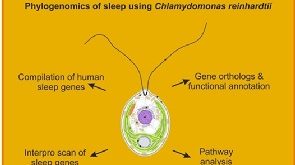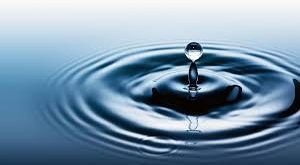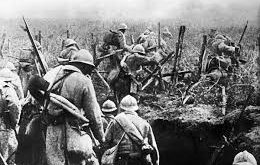Heard of names like Katrina, Wilma, Rita, Harvey, Sandy, Irma, Andrew, Ike, Maria, etc.? If you have been witness to hurricanes and tropical storms or if you have interest in weather systems, you probably are aware of these names. But have you ever wondered who gives names to hurricanes, cyclones and tropical storms? And why are these weather systems given names in the first place? Well, here are the answers you are looking for.
Why hurricanes and cyclones are named?
Weather systems such as hurricanes, cyclones and tropical storms started being named to avoid confusion among people, weather stations and relief and rescue agencies. Earlier, they were identified by their latitude-longitude numbers. Names are much easier to remember, as compared to numbers. These weather systems impact a wide region and often multiple countries, which is why having a common name is very useful. Ships operating in the oceans or planes flying in the region can avoid confusion when a single name is used for a hurricane or cyclone.
Who names hurricanes and cyclones?
Do you think hurricanes and cyclones are named after they are formed? Most of us think that way. But the truth is that the names for hurricanes and cyclones are already predetermined. The list of names is already available and the names are assigned as soon as a hurricane or cyclone is formed. As of now, the list of names for hurricanes is managed and maintained by the World Meteorological Organization (WMO).
Different regions have different methods for naming hurricanes and cyclones. The names are chosen as per regional language to make it easier for people to remember. The various regions for hurricane / cyclone / typhoon names are as below.
Caribbean Sea, Gulf of Mexico and the North Atlantic Names – There are six lists of names, which are used in a series. For example, the list used in 2020 will be the same as that of 2026. The names used in every list are in alphabetical order. In case of hurricanes that cause extensive damage, their name is removed permanently and replaced with a new one. Some examples include Katrina, Rita and Wilma. The list also has supplemental names that are used when the names in the existing list are exhausted.
Eastern North Pacific Names – The naming convention is the same as that of above region.
Central North Pacific Names – There are four lists of names in alphabetical order. These are used one after another and the same thing is repeated.
Western North Pacific and the South China Sea Names – In this region, hurricanes are referred to as typhoons. Various countries in this region have suggested their respective names, which have been compiled together in five lists. These names are given to typhoons in a series, moving from one list to another.
Australian Tropical Cyclone Warning Centre’s (TCWC) Area of Responsibility – This region utilizes a list of names in alphabetical order.
Regional Specialised Meteorological Centre Nadi’s Area of Responsibility – This region has four lists with names in alphabetical order. There is a fifth list of standby names as well.
Port Moresby Tropical Cyclone Warning Centre’s Area of Responsibility – This region has two lists of names, one regular and one standby.
Jakarta Tropical Cyclone Warning Centre’s Area of Responsibility – The naming system is same as that of Port Moresby Tropical Cyclone Warning Centre’s Area of Responsibility.
Northern Indian Ocean Names – Arabian Sea and the Bay of Bengal – There are a total of thirteen columns of names, contributed by various countries in the Arab and Asian region. Names are used one after another and move from column to column.
 Newspatrolling.com News cum Content Syndication Portal Online
Newspatrolling.com News cum Content Syndication Portal Online






